Reviewed by Gabriel Serrano Denis
It’s difficult to ascertain exactly what British writer and director Alex Garland (28 Days Later, Ex-Machina, Annihilation) wanted to leave audiences feeling at the end of his battle epic Civil War. One thing is for sure though: he got audiences’ attention with its title and the timeliness of its main backdrop. That backdrop is of a catastrophically divided America, in which the president of the United States (Nick Offerman), in his unconstitutional third term apparently, wages war against the Western Forces, an alliance between Texas and California. Throughout the US, other factions have formed, but the war’s end seems to be determined by whoever emerges victorious between the authoritarian Loyalists and the WF. How this came to happen is unimportant to Garland, showing a keener interest in the people reporting and documenting the war in the frontlines.
As the war seems to be coming to an end, war photographer Lee Smith (Kirsten Dunst) and reporter Joel (Wagner Moura) aim to drive all the way to Washington D.C. from New York City to interview the president. Green aspiring war photographer Jessie (Cailee Spaeny) and veteran reporter Sammy (Stephen McKinley Henderson) join in at the last minute. The stage is set, and the group head into the heart of darkness, witnessing an America full of violence and destruction. What could seem like Apocalypse Now on the road actually comes off more like CNN livestreaming Fox News as Garland avoids any road towards formulating a statement or sparking intense debate regarding America’s actual divide. All Garland seems to be aiming for is topicality and authenticity, only achieving the former.
Focusing this story on journalists is probably the film’s most inspired choice, as it opens the door for questions of morality, trauma, and the elusive notion of objectivity in media reporting. This is especially pertinent to the story as these war journalists are covering a war in their own backyard, having endured a life of documenting horrors in foreign lands rather than those committed by their own people. However, Garland, sole writer of the film, decides not to explore any of this. Apart from some flashbacks experienced by Kirsten Dunst’s Lee, every other character simply marches forward to get the scoop. As such, all the characters in Civil War are devoid of a past, of history, of life. Dunst does a good job of showing the wear of years weighing down on her, especially towards the film’s climax when it all explodes in her face.
The material she’s given by Garland, though, barely scratches the ethics of journalism 101. Frustratingly, each character is mostly just an avatar for the most obvious of journalistic personalities and themes: the wide-eyed rookie (a serviceable Spaeny), the cocky adrenaline junkie (a mostly believable Moura), and the old wise writer (the reliable Henderson). The few interactions between the group boil down to theme-dumps in which Dunst mostly worries about Spaeny, constantly reminding her about the horrors she’s not prepared to see and the real dangers lying ahead. Moura and Henderson take a back seat (almost literally) as they intermittently chime in with exposition or more didactic dialogue.
War films, which Civil War most closely adheres to, depend not only on its character-building and careful battle depictions, but also the ever-present fear and dread of unexpected violence. As Lee and company travel from NYC to DC, though filled with post-apocalyptic backgrounds that eerily recall 28 Days Later and Romero’s much more believable Dead series, it’s shocking how bereft of tension the whole trip is. The group runs into a full-fledged battle between Loyalists and WF Forces, a random sniper targeted by another sniper, and refugee camps, all of which play out like half-formed ideas which end much too fast to even register as proper moments of tension-building or even character development.
It seems as though Garland wanted to differentiate his civil war from the historical American civil war of 1861 in that this war has no clean sides. Though at times it’s clear where some people stand, for the most part the film presents characters who don’t outrightly say what side they’re on or which force they belong to (if any). Garland is interested in the blurring of the lines, and how America’s divisiveness is such that people will choose violence once it’s on the table in the blink of an eye. The issue with this is that it robs the film of a point. As an experiential film, not enough happens in Civil War to truly make the degradation of democracy and society the focal point. As a film about ideas, barely a thought is stirred as the protagonists simply go from one point to another, rarely ever engaging differently with the war itself.
This brings me to the one scene that is being milked by the film’s trailer precisely because of how successful it is despite the dullness of everything else before and after it. As a racist soldier who apprehends one of the journalists and then holds the rest of the group at gunpoint as he asks what kind of Americans they are, Jesse Plemmons imbues the scene with a palpable dread entirely missing from the film. It’s the one memorable scene in which what is spoken and the specific actions of one character are enough to give him life and backstory. Even his pink glasses tell a story all their own as he throws lime over a mass grave. Sadly, the scene is too brief and, again, the stakes are as low as the other encounters the group has. But the tension held throughout thanks to Plemmons’ intense performance and subdued approach from Garland makes it the most compelling set-piece in the entire film.
The film’s action set-pieces are another boon, and Garland directs the hell out of them even though they seem to belong in another film. Garland goes for a realistic approach and shoots the entire film in crisp 8k using the DJI Ronin 4D camera, which rather than lending the film authenticity actually adds a glossy sheen much more suited to a Gerard Butler action film. These are thrilling scenes nonetheless, with impressive camera movements crafted by Garland and cinematographer Rob Hardy, even if they miss the characters within them. Frequent collaborators Geoff Barrow and Ben Salisbury deliver another serviceable and pulsing score to the proceedings, but the film’s needledrops are both jarring and unnecessary. This is Garland’s most expressive use of popular music in his films, and it should definitely be his last.
Impressive visuals are to be expected in an Alex Garland production, but not since Ex-Machina has he been able to successfully mix heady themes with theatrics. In Civil War his most interesting ideas seem to just be window-dressing, an entire world built to say nothing about it. It is neither misanthropic nor humanist. Hopeful nor despairing. Even its efforts at plausibility are flawed as his decision to create a world in which California and Texas unite against the government seems randomly thought up given what we know about the history of both states. No character can exemplify better Garland’s lack of a grip on American politics and his own world-building than Spaeny’s Jessie. An inexperienced photographer who witnesses a suicide bombing, people bleeding to death, mass graves, and executions in the span of a few days evolves and continues her journey while becoming a better photographer in the process. The questions, trauma, and moral dilemmas that would plague a real person in this situation are thrown out the window in favor of a forced arc to get the character in the precise place Garland wants her at the end, character development be damned. And that’s precisely what this movie is: a filmmaker placing hollow, plastic army men neatly on the ground, pointing their guns at each other for no particular reason.



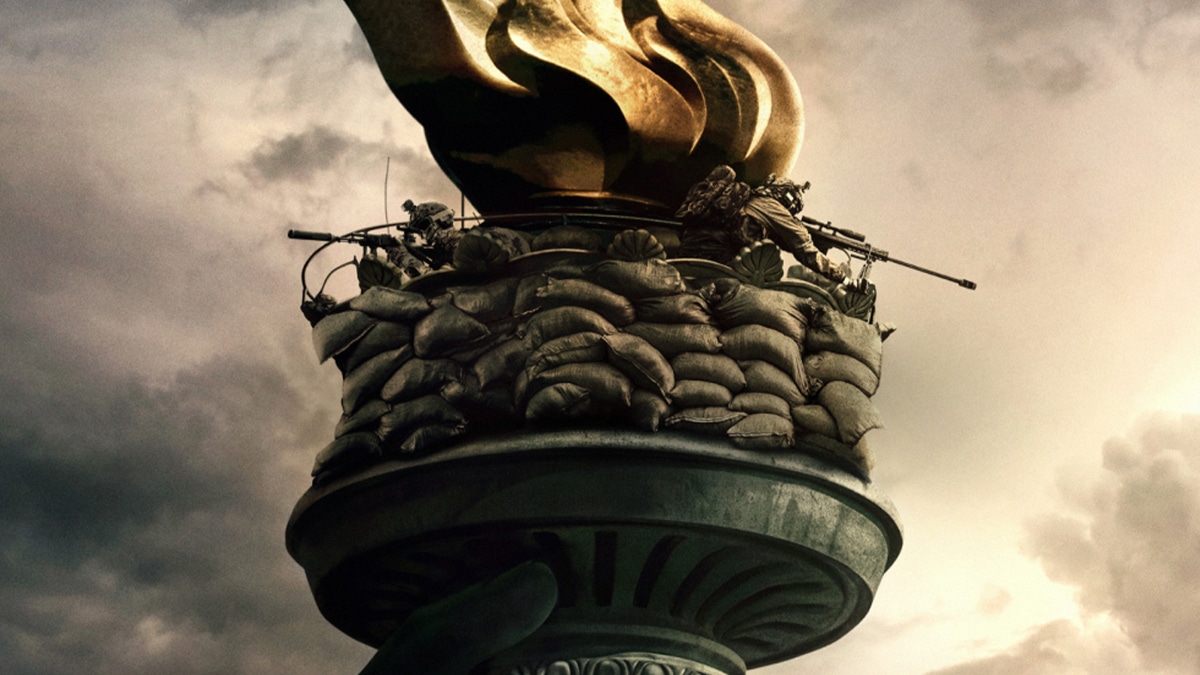
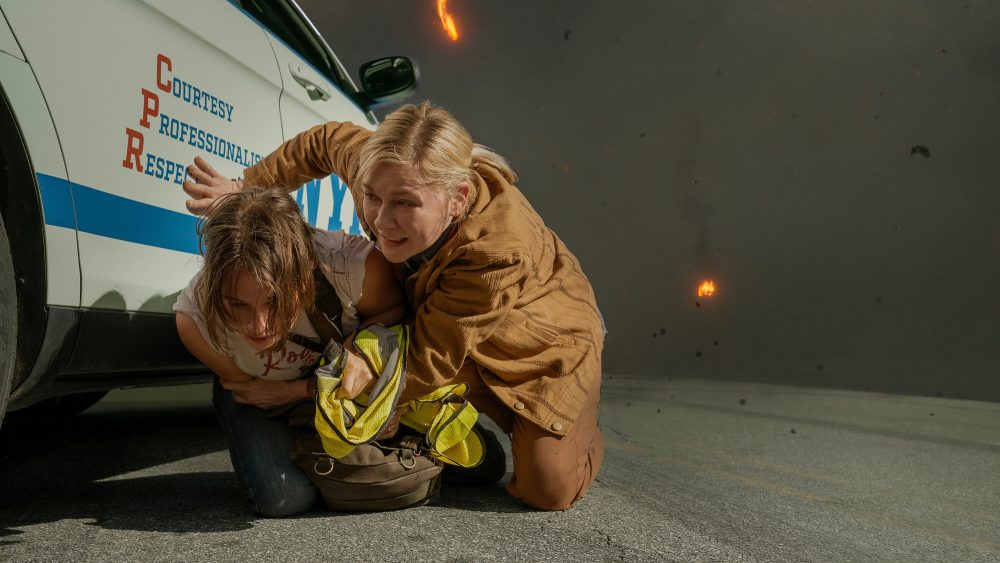
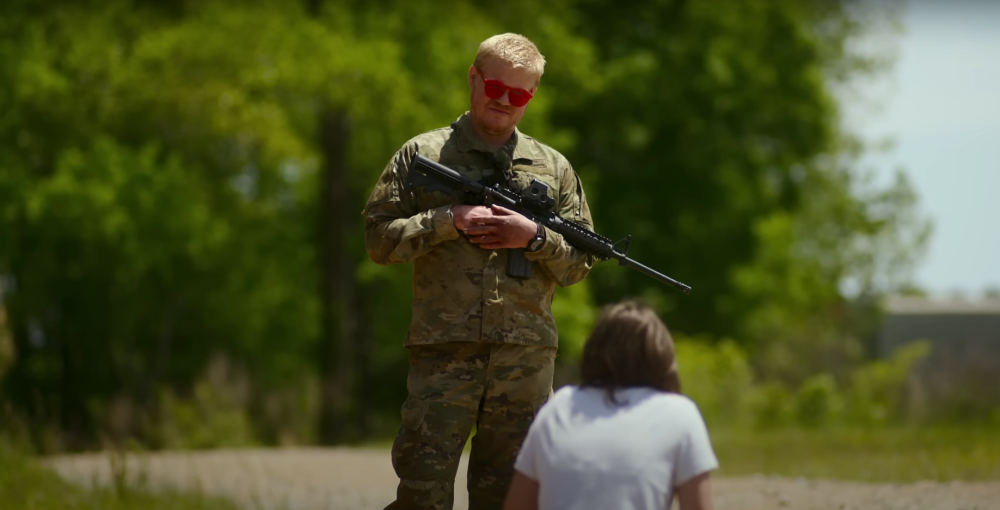
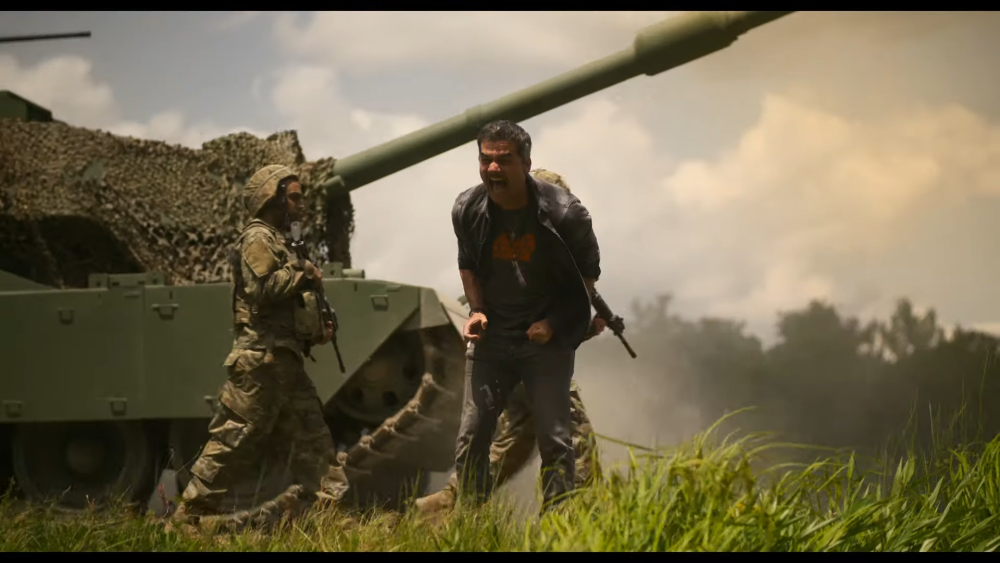

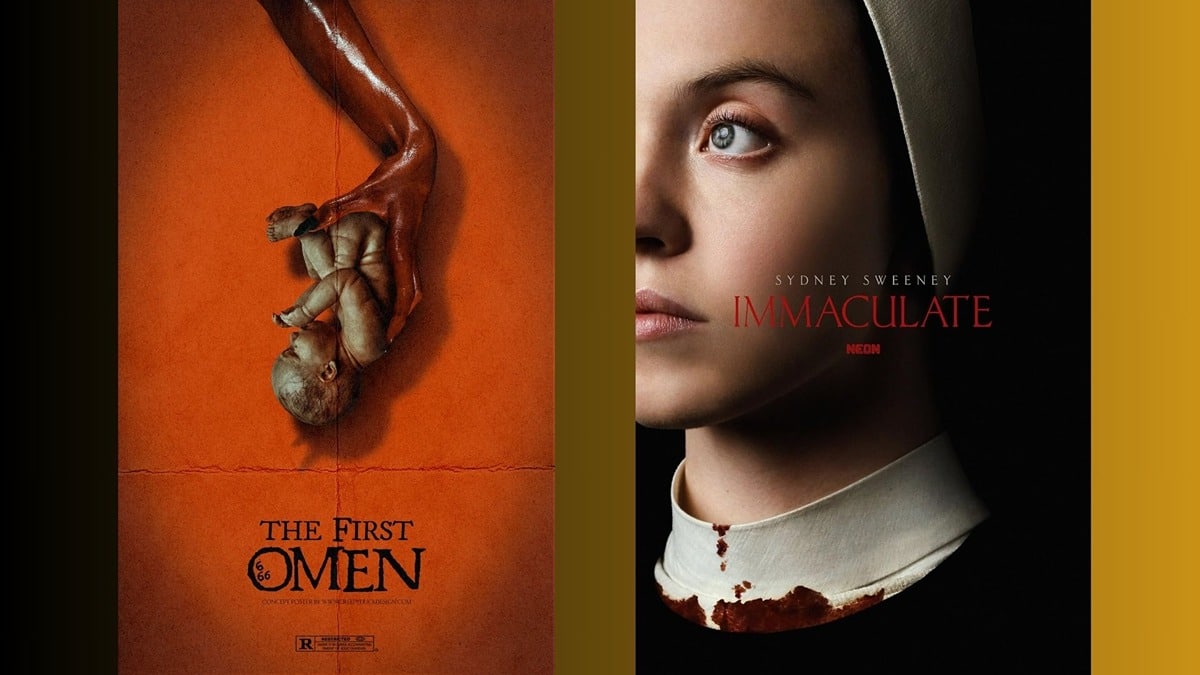
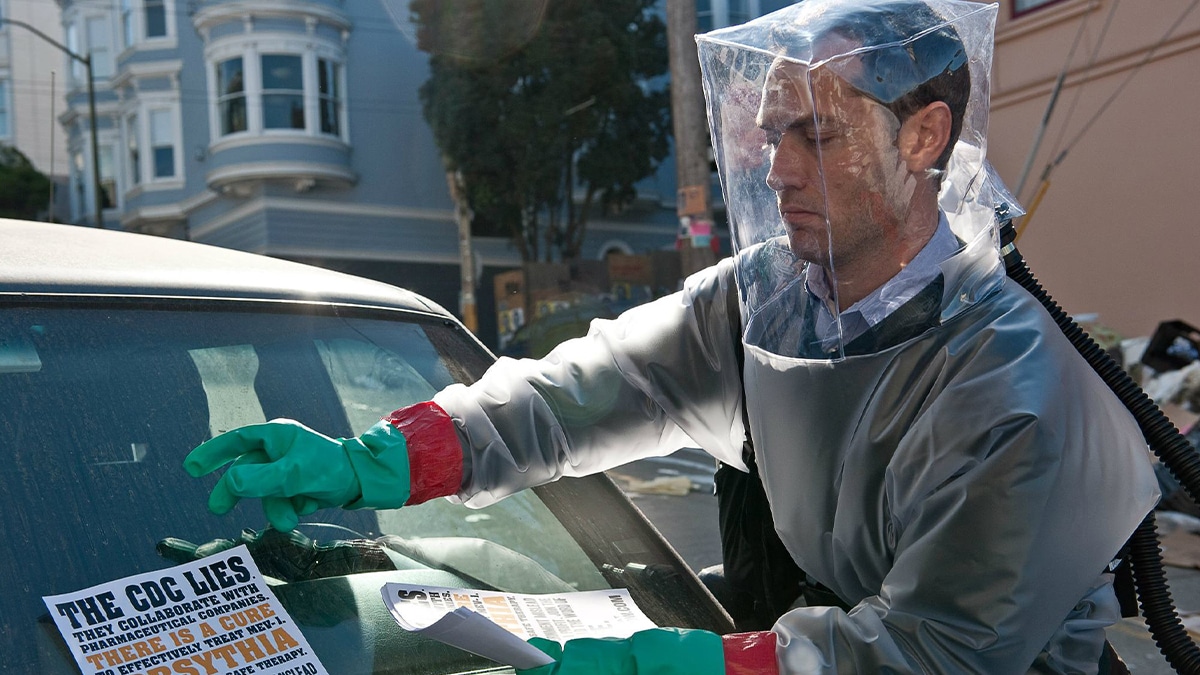






While I found the movie interesting and entertaining, I had similar questions as the reviewer had stated. I also heard the suggestion that Kirsten Dunst should be up for an Oscar nomination. Though her work was very good, I saw nothing that would bring her performance to Oscar level.
Civil War is a litmus test for critics, and I’m amazed at how many seem to have (willfully?) missed the point of this movie, while claiming that it’s saying nothing. Thankfully, it seems audiences got it, and weren’t swayed by this weird blogospere narrative that a movie needs to bludgeon the viewer with a direct political statement in order to say something.
These critics must really hate Do The Right Thing. “WHY DIDNT HE CHOOSE EITHER MLK OR MALCOM X. WHAT A COP OUT.”
This paragraph is where the reviewer reveals they missed the point:
“An inexperienced photographer who witnesses a suicide bombing, people bleeding to death, mass graves, and executions in the span of a few days evolves and continues her journey while becoming a better photographer in the process. The questions, trauma, and moral dilemmas that would plague a real person in this situation are thrown out the window in favor of a forced arc to get the character in the precise place Garland wants her at the end, character development be damned.”
This is a blatant misreading of the character’s arc. SPOILER ALERT:
Her journey is not becoming a better photographer. The journey is discarding everything human to survive, to the point where she is nothing but a photographer at the end. Her mentor (Dunst) sacrifices her life at the end of the movie, and she feels nothing, to the point where she gleefully take pictures of her death, and steps over Dunst’s body, without even attempting to help, to get into the oval office.
Comments are closed.